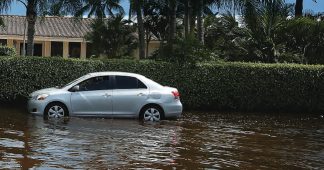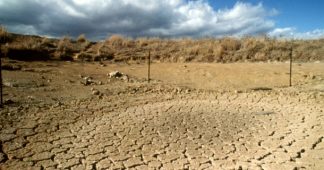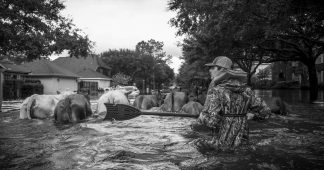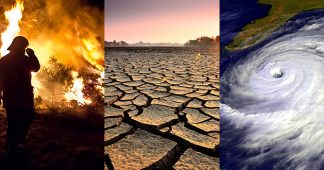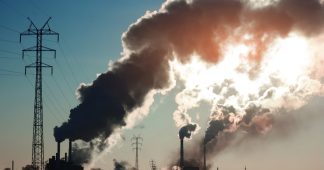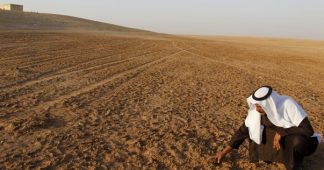This BAMS special report presents assessments of how human-caused climate change may have affected the strength and likelihood of individual extreme events.
This sixth edition of explaining extreme events of the previous year (2016) from a climate perspective is the first of these reports to find that some extreme events were not possible in a preindustrial climate. The events were the 2016 record global heat, the heat across Asia, as well as a marine heat wave off the coast of Alaska. While these results are novel, they were not unexpected. Climate attribution scientists have been predicting that eventually the influence of human-caused climate change would become sufficiently strong as to push events beyond the bounds of natural variability alone. It was also predicted that we would first observe this phenomenon for heat events where the climate change influence is most pronounced. Additional retrospective analysis will reveal if, in fact, these are the first events of their kind or were simply some of the first to be discovered. Read More
Download by Chapter:
Table of Contents and Abstract
- Introduction to Explaining Extreme Events of 2016 from a Climate Perspective
- Explaining Extreme Ocean Conditions Impacting Living Marine Resources
- CMIP5 Model-based Assessment of Anthropogenic Influence on Record Global Warmth during 2016
- The Extreme 2015/16 El Niño, in the Context of Historical Climate Variability and Change
- Ecological Impacts of the 2015/16 El Niño in the Central Equatorial Pacific
- Forcing of Multiyear Extreme Ocean Temperatures that Impacted California Current Living Marine Resources in 2016
- CMIP5 Model-based Assessment of Anthropogenic Influence on Highly Anomalous Arctic Warmth during November–December 2016
- The High Latitude Marine Heat Wave of 2016 and Its Impacts on Alaska
- Anthropogenic and Natural Influences on Record 2016 Marine Heat Waves
- Extreme California Rains During Winter 2015/16: A Change in El Niño Teleconnection?
- Was the January 2016 Mid-Atlantic Snowstorm “Jonas” Symptomatic of Climate Change?
- Anthropogenic Forcings and Associated Changes in Fire Risk in Western North America and Australia during 2015/16
- A Multimethod Attribution Analysis of the Prolonged Northeast Brazil Hydrometeorological Drought (2012–16)
- Attribution of Wintertime Anticyclonic Stagnation Contributing to Air Pollution in Western Europe
- Analysis of the Exceptionally Warm December 2015 in France using Flow Analogues
- Warm Winter, Wet Spring, and an Extreme Response in Ecosystem Functioning on the Iberian Peninsula
- Anthropogenic Intensification of Southern African Flash Droughts as Exemplified by the 2015/16 Season
- Anthropogenic Enhancement of Moderate-to-Strong El Niño Events Likely Contributed to Drought and Poor Harvests in Southern Africa during 2016
- Climate Change Increased the Likelihood of the 2016 Heat Extremes in Asia
- Extreme Rainfall (R20mm, RX5day) in Yangtze–Huai, China, in June–July 2016: The Role of ENSO and Anthropogenic Climate Change
- Attribution of the July 2016 Extreme Precipitation Event over China’s Wuhan
- Do Climate Change and El Niño Increase Likelihood of Yangtze River Extreme Rainfall?
- Human Influence on the Record-Breaking Cold Event in January of 2016 in Eastern China
- Anthropogenic Influence on the Eastern China 2016 Super Cold Surge
- The Hot and Dry April of 2016 in Thailand
- The Effect of Increasing CO2 on the Extreme September 2016 Rainfall across Southeastern Australia
- Natural Variability Not Climate Change Drove the Record Wet Winter in Southeast Australia
- A Multifactor Risk Analysis of the Record 2016 Great Barrier Reef Bleaching
- Severe Frosts in Western Australia in September 2016
- Future Challenges in Event Attribution Methodologies
.jpg)
